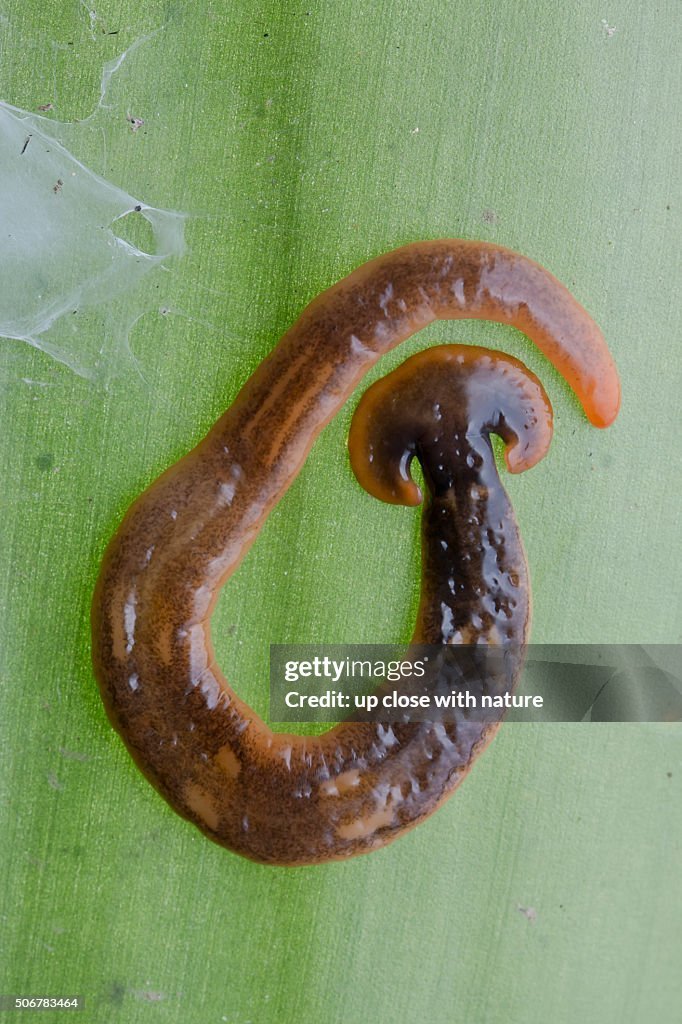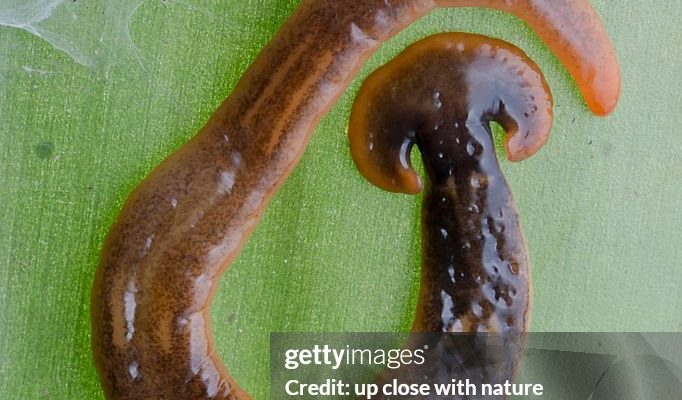
But why is this the case? Well, there are many identification challenges that come into play. From their camouflage to their similar-looking relatives, each hurdle can leave you scratching your head. In this article, we’ll dive into what makes the Malayan Hammerhead Worm so special and the common pitfalls you might encounter when trying to identify them. Whether you’re a curious beginner or just brushing up on your field skills, there’s plenty to learn about these intriguing worms.
What Is a Malayan Hammerhead Worm?
Let’s start with the basics. The Malayan Hammerhead Worm, scientifically known as *Bipalium kewense*, is a flatworm native to Southeast Asia, particularly Malaysia. Its name comes from its distinct, hammer-like shape at one end, which resembles a tool for grinding. These worms can reach lengths of about 15 inches or more, making them quite a sight to behold!
What’s particularly fascinating about these worms is their vibrant colors. They usually display a rich, dark brown or black body with lighter stripes running along the length. It’s like nature decided to paint a funky masterpiece! But here’s the catch: their colors can vary significantly based on their habitat and even the time of year. So, if you think you’ve spotted one, be prepared to observe closely.
Common Confusions: Similar Species
One of the biggest challenges in identifying a Malayan Hammerhead Worm is the presence of similar-looking species. For instance, other flatworms, like the *Dugesia tigrina* (a common freshwater planarian), can easily be mistaken for a hammerhead. This can lead to a lot of confusion in the field, especially for beginners.
Here’s the thing: while two species can share similar shapes, their colors and textures can be quite different. The Malayan Hammerhead has a smoother, more polished appearance compared to the rougher texture of some other flatworms. When you’re out there, take a moment to examine the details. This careful observation can make a huge difference.
Habitat and Behavior: Where to Look
Knowing where to find Malayan Hammerhead Worms is crucial. These worms thrive in moist, tropical environments, often found in leaf litter or damp soil. They’re typically nocturnal, meaning they’re more active at night when they venture out to hunt for their favorite snack: small invertebrates like slugs and insects.
You might want to plan your search for early mornings or just after rainfall when they’re more likely to be out and about. Picture a lazy Sunday afternoon—you might find yourself searching through the wet ground, keeping an eye out for that telltale shape. It’s all about patience and a good spotlight!
Identification Techniques: What to Observe
When attempting to identify a Malayan Hammerhead Worm, few techniques can boost your success. First, observe the shape. The hammerhead shape is a defining characteristic, so if it’s missing that distinctive figure, you might be looking at a different species.
Next, notice the color patterns. As mentioned earlier, the stripes can vary, but a true Malayan Hammerhead will generally have a consistent pattern. Here’s a tip: take pictures! It’s easier to study photos later and compare them with trusted resources.
Lastly, don’t forget to consider size. While they can grow quite long, younger worms might be much smaller and could be harder to identify. Keeping a field guide handy can help clarify these distinctions.
Challenges in Identification: Camouflage and Misinformation
One of the major hurdles when spotting a Malayan Hammerhead Worm is their ability to blend into their surroundings. Their natural camouflage allows them to hide among rocks, soil, and decaying organic matter. If you happen to be searching in the wrong light or without good visibility, you could easily miss them!
Another challenge stems from misinformation. Many online resources and even field guides may mix up species or mislabel images. This can lead to frustration and mistrust in your own observations. Always cross-reference information and rely on reputable sources.
Conservation and Importance in the Ecosystem
You might be wondering why it’s important to identify and study the Malayan Hammerhead Worm. These worms play a significant role in their ecosystem. By consuming pests like slugs, they help keep populations in check and contribute to the overall health of their environment.
Unfortunately, habitat loss and pollution threaten them. By understanding these creatures better, we can advocate for their protection and the preservation of their habitats. Every little effort counts!
Identifying a Malayan Hammerhead Worm might seem daunting, but that’s part of the adventure! Whether you’re a seasoned naturalist or a curious beginner, every field trip offers a chance to learn and appreciate nature’s wonders. Remember the challenges, from similar species to camouflage, and approach each observation with patience and curiosity.
So, the next time you venture into the field, keep your eyes peeled and your mind open. Who knows? You might just spot that elusive hammerhead and add another gem to your nature-watching collection! Happy hunting!

